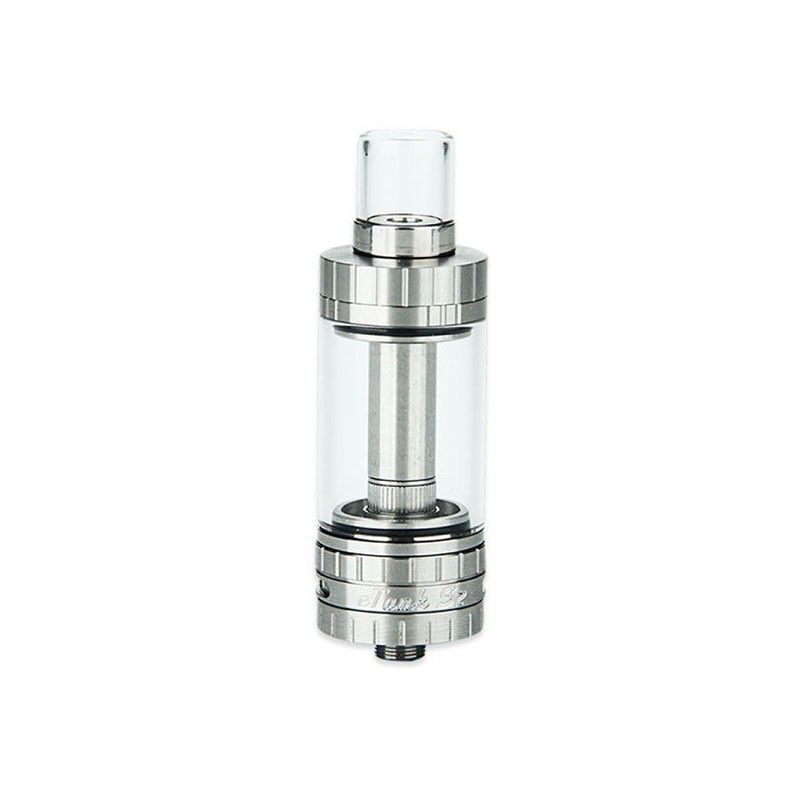

The maximum number of E Tanks that could be carried was initially four and was increased to nine for Mega Man 3 to Mega Man 6, but was reduced back to four for the Game Boy games and Mega Man 7. It fully recovers the health of the user. If ice continues to build-up, de-icing should take place to prevent the ice build-up becoming excessive (refer to BCGA L21).The Energy Tank, known as Energy Can ( エネルギー缶, Energy Can ) in Japan and in Mega Man 7, shortened to E Tank or E Can ( E缶, E Can ), first appeared in Mega Man 2, and since then in almost all games from the original Mega Man series.

Small quantities should not be a cause for concern, but the quantity of ice should be routinely monitored.

When in use a small amount of frosting and ice may be seen. A gas supplier will only fill a tank once they have established that it is safe to do so (refer to BCGA CP 48). Daily checks are to be carried out (refer to BCGA L11). The user must carry out routine safety inspections. BCGA L12 provides advice and guidance on appropriate practice. Users and owners of cryogenic tanks have legal responsibilities and a duty of care to ensure their equipment is maintained and operated safely. All inspections, examinations and tests are documented and records have to be kept for the life of the tank. Information on Inspection Bodies who have been appointed to undertake various functions in connection with the inspection of tanks and/or pressure equipment can be found on the Vehicle Certification Agency (VCA) website. Transportable tanks require periodic inspection and testing, this can only be carried out by an Inspection Body, who in the UK is authorised by the National Competent Authority, Department for Transport (DfT). This will include a Written Scheme of Examination which has to be drawn up by a competent person(s) with periodic formal examinations conducted in accordance with the scheme (refer to BCGA CP 39). An inspection and maintenance regime should be drawn up to ensure the tank is in a safe condition to allow correct operation at all times between the formal examination periods. Tanks that are, or are intended to be, used to transport cryogenic liquids have to comply with the Carriage of Dangerous Goods and Use of Transportable Pressure Equipment Regulations.įor static tanks the Regulations require cryogenic tanks to undergo regular inspection, routine maintenance and periodic formal examination. The tanks come in a range of sizes, pressures and flow rates to meet the users’ varying requirements. There are also a range of non-pressurised open neck vessels (Dewar flasks) available for those applications requiring direct access to the liquid. Static cryogenic tanks are generally classified as pressure vessels, as such new tanks and their associated systems will be manufactured and put into service in accordance with the Pressure Equipment (Safety) Regulations. Static cryogenic tanks are designed for use in a fixed location, however this does include those mobile small tanks mounted on wheels for use within workshop and laboratories. They can be fixed, mobile or transportable. Cryogenic liquids are also used for low temperature cooling applications, such as engineering shrink fitting, food freezing and the storage of bio-samples.Ĭryogenic tanks are thermally insulated, typically with a vacuum jacket, designed and manufactured to a high specification following international design codes. These form part of gas supply systems to be used in a wide range of applications, including metal processing, medical technology, electronics, water treatment, energy generation and the food industry. Cryogenic tanks are also used for storing gases at higher temperatures, examples of which include liquefied natural gas (LNG), carbon dioxide and nitrous oxide. Common products include oxygen, argon, nitrogen, hydrogen, and helium. Cryogenic liquids are typically liquefied gases at -150 ☌ or lower. Cryogenic tanks are used for the storage of cryogenic liquids. Cryogenic liquids and their storage tanks.


 0 kommentar(er)
0 kommentar(er)
